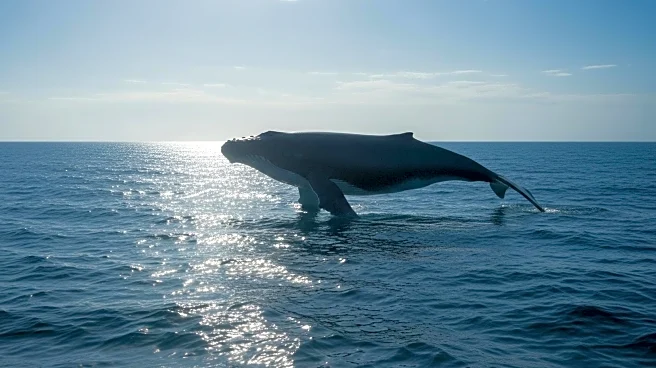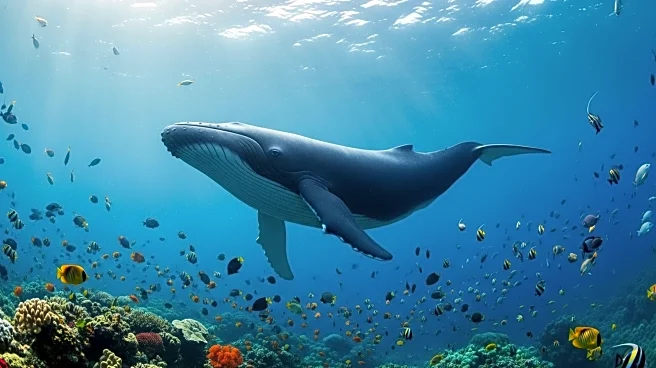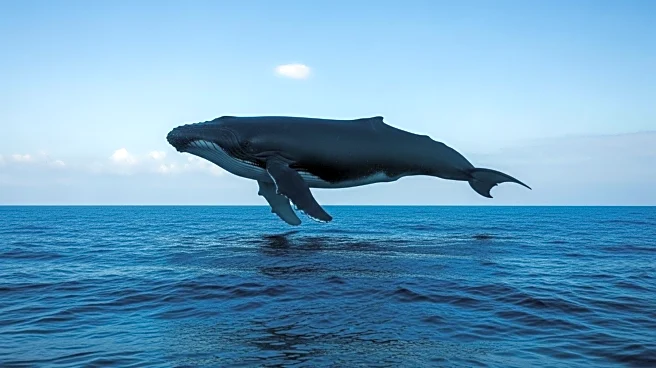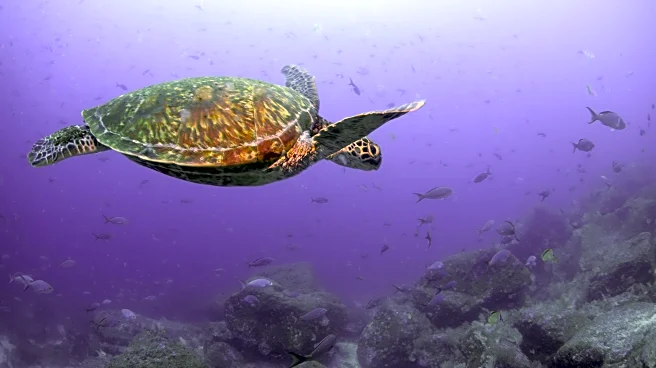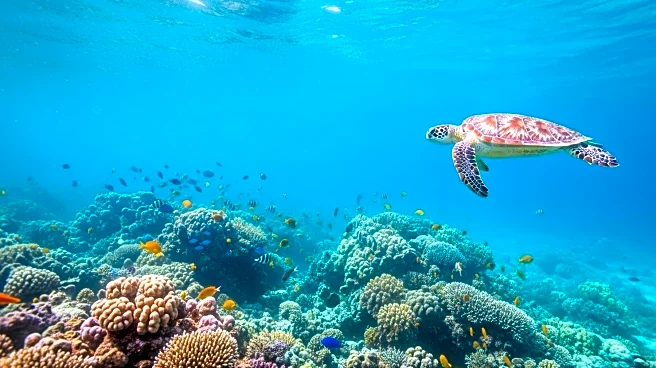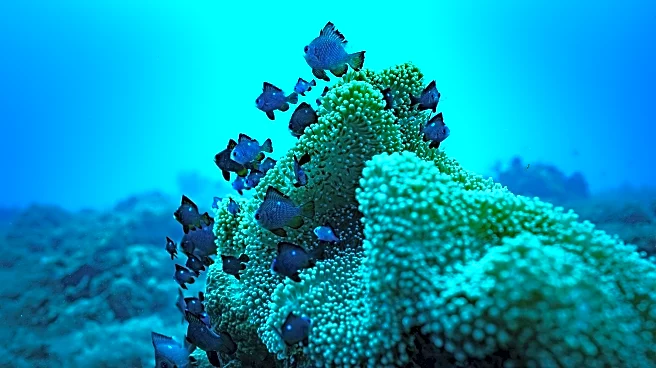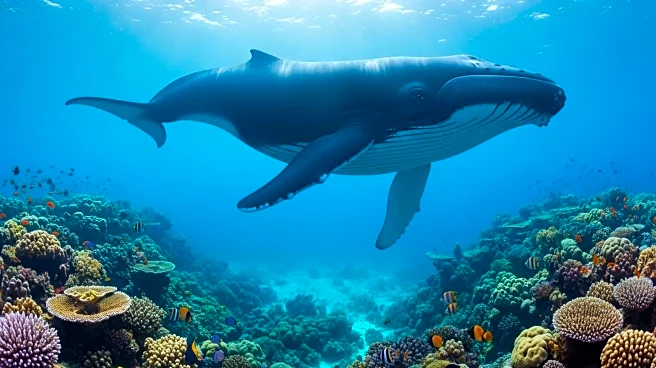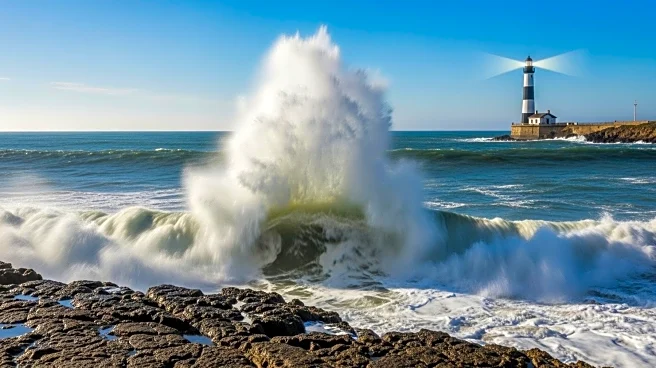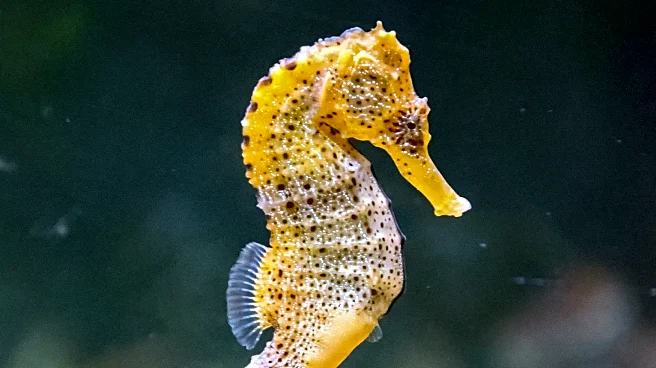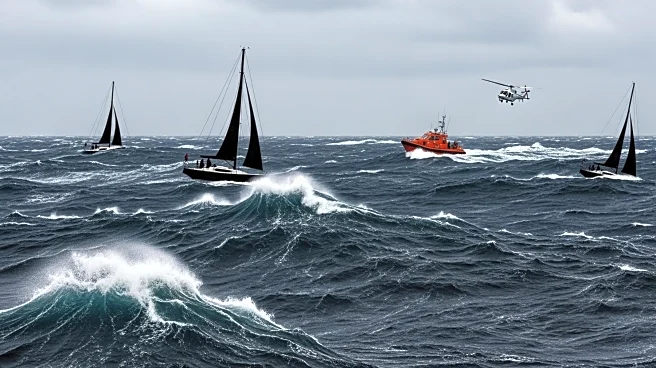What's Happening?
The High Seas Treaty, a global agreement aimed at protecting the world's oceans, has reached a critical milestone with its 60th ratification by Morocco, allowing it to come into force in January. The treaty, two decades in the making, will enable the establishment of marine protected areas in international waters, covering more than two-thirds of the ocean. This development is seen as a monumental achievement in marine conservation, as it sets binding rules to conserve and sustainably use marine biodiversity. The treaty aims to address the damage caused by overfishing, pollution, and climate change, which have put nearly 10% of marine species at risk of extinction.
Why It's Important?
The ratification of the High Seas Treaty marks a significant step forward in global efforts to protect marine ecosystems and biodiversity. By establishing marine protected areas, the treaty aims to safeguard critical habitats and promote the recovery of depleted marine life. This is crucial for maintaining the health of the oceans, which are vital for global food security, climate regulation, and economic activities such as fishing and tourism. The treaty also represents a collaborative effort among nations to address environmental challenges, setting a precedent for future international agreements on environmental protection.
What's Next?
With the treaty set to come into force, countries will begin proposing areas for protection, which will be voted on by signatory nations. This process will involve conducting environmental impact assessments and addressing concerns raised by other countries. The implementation of the treaty will require ongoing international cooperation and monitoring to ensure compliance and effectiveness. As countries work to meet the goal of protecting 30% of the world's waters by 2030, the treaty will serve as a catalyst for further conservation efforts and policy development.

